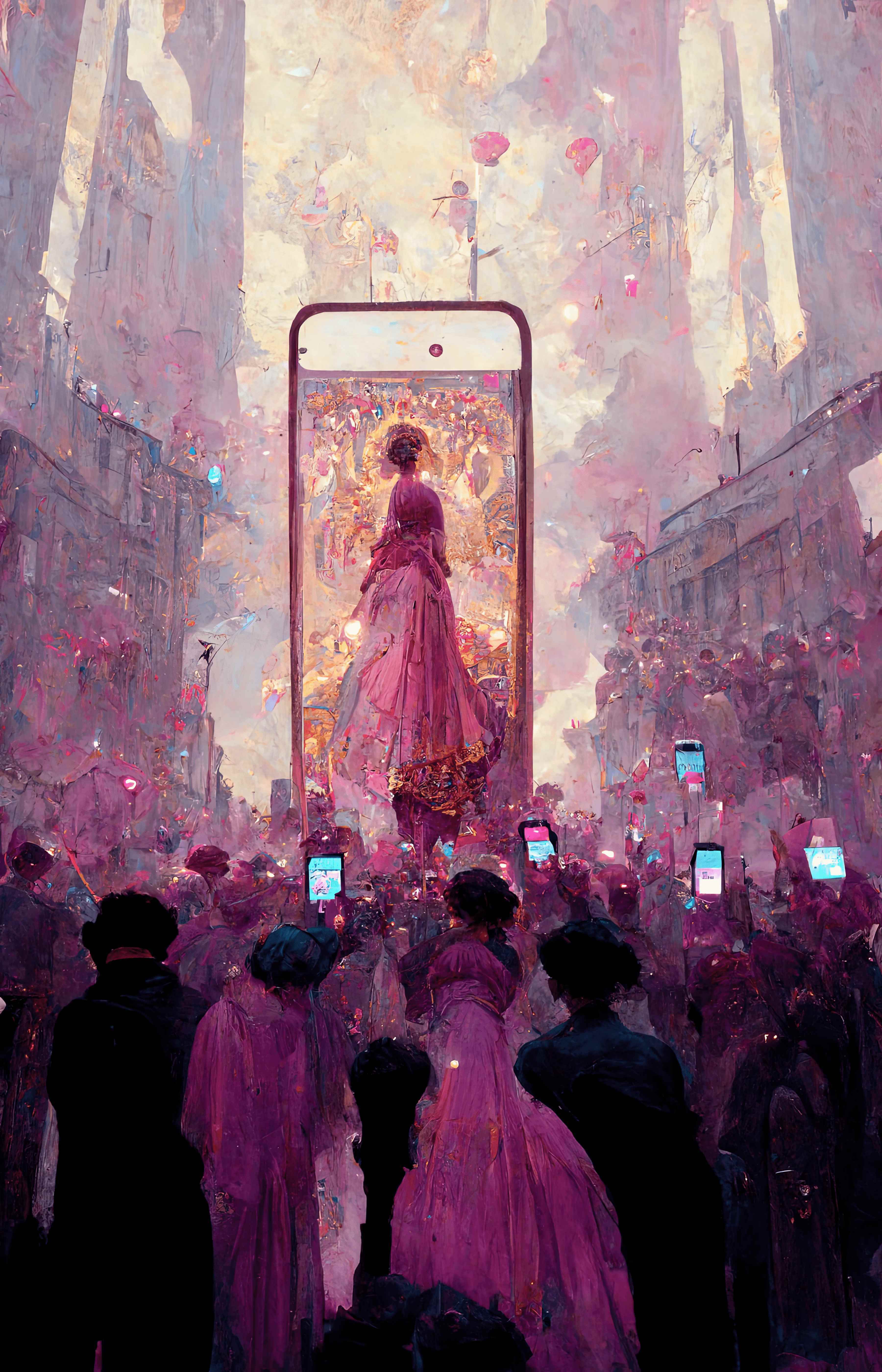Key takeaways
Not tying themselves down. While less loyal than other generations, Gen Zers favor brands that are sustainable, inclusive, authentic, and truly engaged. They also value affordability, convenience, and personability.
Does this come in viva magenta? Gen Zers don’t like to be labeled. They enjoy the accessibility of the infinite shelf at their fingertips, allowing them to personalize shopping to a previously unforeseen degree.
Let’s get ‘phygital’. Combining the best elements of in-store and online shopping, phygital stores allow customers to connect with brands beyond the transaction. The winners of the phygital revolution provide Gen Zers with an experience that is memorable, personal, seamless, and elevates their connection with the brand.
Just BeReal. Gen Zers want authentic, genuine engagement from the brands they buy from and the influencers they follow. This generation has lived enough of their lives online to know that perfection is not real, and they crave relatable, unfiltered content.
A return to campfire crews and atomized online communities. After a lifetime of continuous consumption and a never-ending barrage of online experiences, Gen Zers want private, niche spaces to connect with like-minded others and brands they care about.


“If a company is exploiting their workers or has issues within their supply chain. Like, we are willing to find alternatives because just quite frankly there is more options that we have. So for companies it either means adjusting your morals, adjusting your business plan, and working with Gen Z, or you get lost in the competition.”
Keeping up with Gen Z
Create communication that speaks their language. Three-fifths of Gen Zers say they’re more likely to trust the quality of a company’s products and services if they use social media. Almost half say the content that convinces them to make purchases is the kind of short videos found on Snap, TikTok, and Instagram Reels. Yet two thirds of Fortune 100 companies are not on TikTok, where almost half of their Gen Z customers can be found.
Practice authenticity. Gen Z’s craving for authenticity has become a North Star for brands strategizing for tomorrow. But brands need to use the right approach on social media platforms because Gen Zers will reject corporate posturing and performative engagement. Consider creating communications that show the imperfection and chaos of everyday life.
Build a tribe. Social media engagement masks Generation Z’s loneliness. Whether it was Zoom school, the decline of organized religion, or the never-ending barrage of high flying influencers on their feeds, they seek more authentic connections. So, don’t ask Gen Zers to buy from you; ask them to join you and then sustain a dialogue that gives them a voice and sense of belonging.
Embrace phygital spaces. While they invariably start researching products online, Gen Zers wants to see and touch the goods at a physical store — even more than millennials. Winning brands will create a seamless physical and digital experience. Although Generation Z values brick-and-mortar locations, brands that add digital kiosks or pop-up stores during holidays or special events can create a comprehensive, inclusive experience that feeds the personalized connections Gen Zers crave.
“Usually I’ll screenshot it if it’s an ad, or I’ll save it because sometimes, like, you can’t go back to it. But usually, it’s someone I follow. And they’re like, ‘I like this hair straightener’ or something. So then I’ll look at the comments and I’ll see a ratio of people that say ‘yeah, I love it’ and people that say ‘it’s bad.’ And then I’ll go to Google, search it up, the price and everything, and then read the reviews on Google as well. And then I’ll sit on it for a couple days, because I don’t like to waste money. And then I’ll buy it.”
— 19, receptionist, she/her, New York
Duolingo flips conversation by turning mascot into TikTok star
Duolingo’s experience suggests brands can connect to Gen Z if they’re willing to be innovative and take some risks. After TikTok users created memes making fun of the Duolingo app for being pushy if they didn’t complete language lessons, Duolingo shifted from promoting the app itself to using the brand’s owl mascot to lean into the memes depicting it as passive-aggressive. While subsequent videos became increasingly unrelated to language learning, playing into the joke allowed Duolingo to remain interesting to Gen Z viewers, who began to heavily engage with the account.
After Duolingo’s September 2021 TikTok video about the owl “terrorizing” went viral (acknowledging these older memes), the brand’s presence on the platform grew 40 times larger in less than five months, according to social media analytics website SocialBlade. Based on the company’s earnings reports, this strategy helped increase paid subscriber numbers from 2.2 million to 3.7 million between September 2021 and September 2022, reflecting a growth rate of 68% — 39% greater than this same period the year prior. As a result of Duolingo’s unexpected success and newfound popularity, its global social media manager and TikTok campaign architect Zaria Parvez — a 24-year-old member of Gen Z herself — was named to Forbes’s 30 Under 30 list.
